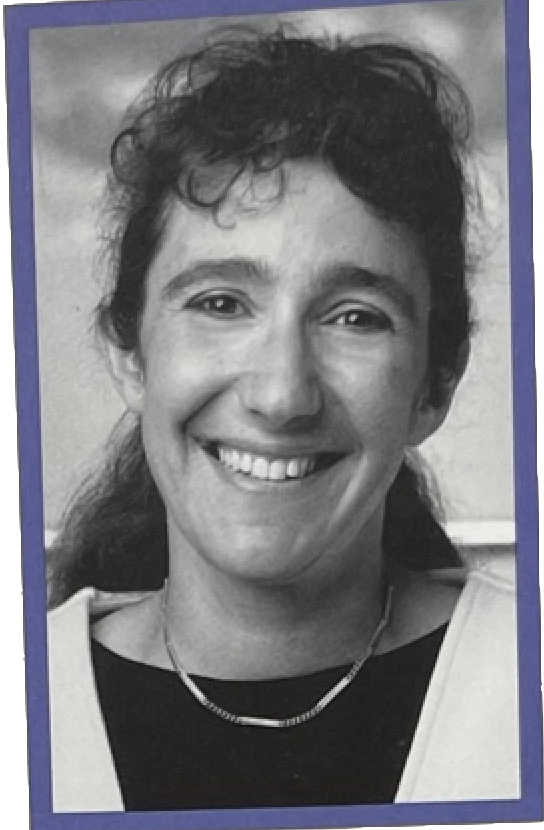Choosing a suitable name for a company or product has never been easy — everyone involved has an opinion, and these opinions rarely coincide. But today, finding a suitable name is more difficult and presents greater risks than ever before. Complex strategic alliances, international markets, the explosive growth of new technology products and companies throughout the 80s and 90s, the effects of a 1989 revision in U.S. trademark law, and the new European Community trademark, have all made naming a more strategic and ngorous exercise than at any time in history.
Perhaps the most frustrating aspect of company or product naming today is the lack of availability of the obviously appealing, slam-dunk names. Why? Because someone else already has them!
In the first five years after November 1989, when the most significant change in U.S. trademark law in 40 years went into effect, the number of trademark filings already surpassed all those of the 1980s. In the five years from 1990 to 1994, more than 600,000 trademarks were filed with the U.S. Patent and Trademark Office, surpassing the ten-year period of 1980-89 total of 577,780. To make matters worse for the semiconductor industry, one of the most active trademark classes has been Class 9, "electrical and scientific apparatus."
Given this situation, how may companies in the semiconductor equipment and materials industry increase their chances of success at developing truly effective names?
One strategy is to create a brand, grouping products under one name, rather than naming each product individu-ally. For example, Intuit extended its Quicken product name to become the brand name for a line of related products; Intel's Pentium is the brand name for a range of product performance levels; and Compaq's Armada is the new sub-brand for its portable product line.

Another strategy is to avoid commonly used name elements entirely, or to use them in more creative ways. Some of the most popular elements in technology product and company names are words like "power," "net," "link," "pro," "semi" and "tech," but when companies share these same few words, it's hard to get noticed. Although names using these elements may be trademarkable because they are not identical to the many names sharing their word-part, it is very difficult to keep all these similar names straight.
A third strategy is for companies to reach outside common industry terminology and imagery, and choose names that are fresh and unique. Although this requires both forethought and an investment in marketing support, these unique names have the most potential to become valuable assets. Sun Microsystems® Java is perhaps the most recent visible example of this approach.
Finally, be very disciplined about what really merits a name. Of course, every product manager or engineer will believe his or her new "baby" needs its own name, but the time and cost implications of company-wide name proliferation are enormous. If the new technology, feature or model won't have a promotional budget to support it, don't give it a distinct name. Instead, tie the product to the company name or to an existing brand or sub-brand, or give it a purely descriptive name.
Once you've adopted these strategies and decided to create a new company or product name, here are some further recommendations for avoiding trouble:
The unintelligible name - Made-up, meaningless names or initials can be a last resort for a management group which can't agree on a name. If a name is meaningless, arcane or difficult to pronounce, it will require a significant investment of time and money to promote, and without this, it can lead to corporate obscurity. Introducing the unpopular new holding company name Allegis was the catalyst for the break-up of the former UAL Inc. and the eventual sale of its Westin and Hertz companies.
The dead-end name - A name should have the longevity and scope to embrace the growth of a business or product line, and the ability to be logically extended. NCR outgrew National Cash Register, AT&T ceased wanting to be American Telephone and Telegraph, and IBM doesn't seem to talk about International Business Machines anymore.
The linguistically challenged name - With the rapid growth of the Internet, company and product names become immediately visible on an international scale, even if their current markets are only local. International pronunciation and negative meaning issues must always be a consideration, lest you want to be ridiculed as was Chevrolet's Nova (which means "it doesn't go" in Spanish). Successful local products include Bimbo bread (Spain), Zit soft drinks (Greece), Collon snack crunches (throughout Asia) and Mos Burger (Japan), but you certainly couldn't take them international!
About the Author...
SB Master is president and founder of Master-McNeil Inc., a corporate and product naming and branding company with headquarters in Berkeley, Calif. Some of the company's more recent trademarks are: Armada, Compaq's new line of portable computers; Candescent
Technologies, the new name for FPD developer Silicon Video Corp.; and dpiX, a subsidiary of Xerox involved in the high-resolution FPD market.
She may be reached at
(510) 486-0947, or visit the Master
McNeil web site at http://www.naming.com/naming.html.
Reprinted with permission. A Publication of Semiconductor Equipment and Materials International
Read the original article here A Trying Time for Trying New Names
